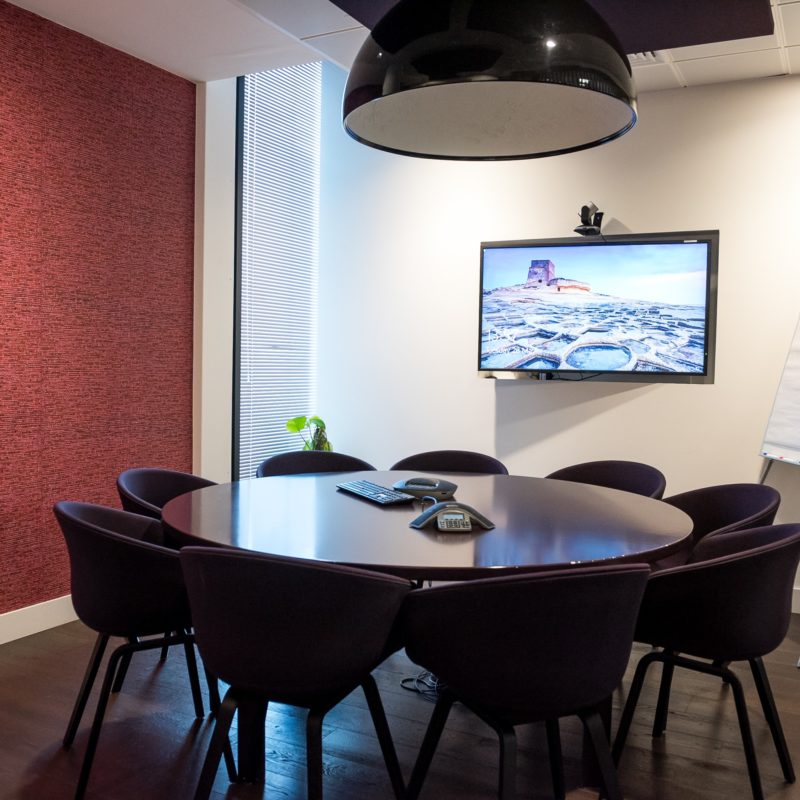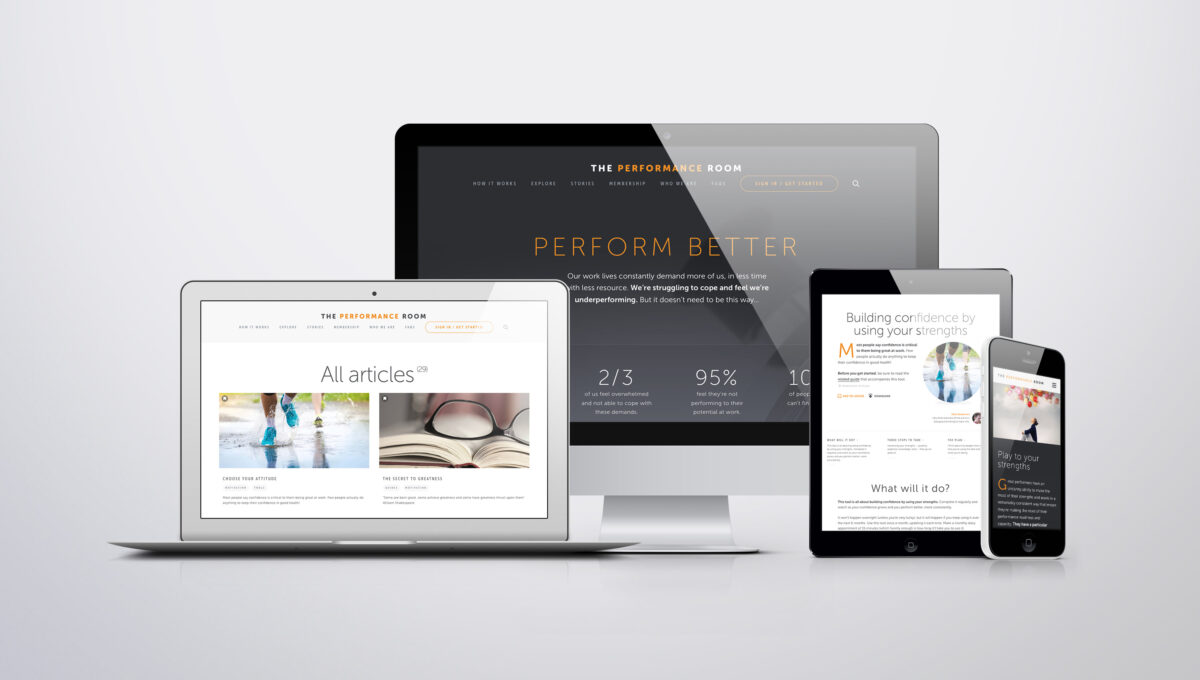What is contextual readiness?

Contextual readiness is all about knowing and then managing the performance environment.
There are physical influences in the performance environment that determine your current level of contextual readiness. Clearly there are lots of things in most performance environments that are beyond control, for example, if the performance environment is outdoors then the weather is obviously uncontrollable. But there are also many factors in the performance environment that are known (or can be found out), are predictable or can be managed or influenced.
There are two distinctive elements to the contextual piece…
- First, the ‘hard’ physical environment: ergonomics, heating, lighting, contemporary equipment, reliable equipment, is my context predominantly fixed or highly varied, noise levels, proximity to key people/resources. This is all about the way in which you can use the immediate world around you to create a place that helps you to perform at your best. Have you considered how to arrange the room that you’ll be using for your presentation to the customer? Should people be sat around tables so that they can make notes easily, or would arranging the chairs to look like a lecture theatre be more appropriate? How have you configured your workspace? Is everything easily accessible or do you have something in your eyesight that distracts you constantly? Have you considered the best seating plan for the progress meeting with the customer? Who should sit next to one another? All of the answers could impact your performance.
- The second aspect relates to the people element: what’s the predominant mood in the office, do we promote specific attitudes deliberately, are colleagues aware of each others differences and similarities and are these exploited, is there a shared attitude towards key tasks and key events? The atmosphere created by the people in the environment that you’re performing in can greatly affect performance. For example, choosing who to spend time with and for how long. How do you feel when you spend time with people who are positive and who boost your confidence? Compare how you feel when you spend time with people who drain your energy or are negative.
How these aspects influence performance.
Recognising how these two contextual factors influence performance enables judgments to be made about how well the environment is being used and what changes are worth making for performance improvement. Links with the other parts of the performance pie, seeing how the context impacts the execution of technical and tactical skills and impacts physical and mental readiness, helps see the value of the contextual piece and informs decisions about where to focus performance improvement measures. Training and playing with better equipment, facilities and people can make a difference. British Olympic gold medal winner Mo Farah moved his family to train in the US to get better. British sprint hurdler and former world record holder Colin Jackson invited his number one rival Mark McCoy of Canada to train with him to help them both get better.
Taking stock of contextual readiness?
An environmental performance audit (such as a high performance culture audit) would produce a readiness rating or description and create the foundation from which contextual readiness adaptations can be made. Knowing the impact that an environment or culture can make to performance will determine what effort, and where, is worth making to change or influence that environment. Working in a great atmosphere, with the right equipment and good people is much more conducive to great performance.
A contextual audit might include comparisons with other high performance cultures and identify options for improvement.
Exploiting contextual readiness
Doing what’s possible to prepare and influence the environment is a performance choice. For example during the final throes of preparation for the Olympics, the choice of environment becomes critical to achieving ideal readiness to step into the melting pot of the Games. It’s down to choosing, as far as you can, to be somewhere very specific that challenges or supports performance in a very specific way. We don’t all always get to choose the exact environment we get to perform or prepare in, but athletes have shown us that you can learn to exploit, and even love, the environment whatever the conditions.
Here’s some key ways in which the environment is used to deliver a specific performance impact
A tough environment to help you thrive in time
Coaches will often take the athletes to a place that really stretches them. Altitude training camps are a great example of this, where the athletes go for a set period of training that is much harder than normal because the air is thinner and the same amount of work that takes place at sea level requires much greater physical exertion. Having worked in the rarefied atmosphere for a couple of weeks, the athletes then return to sea level to continue their training. Several weeks after being back in the ‘normal’ environment, the athletes reap the physiological benefits of the time spent in altitude. So, which bits of your day to day environment can you focus on that are really tough and you know challenge you in a way that will inevitably have a positive effect (even though it might not be the most comfortable experience)? Go and deliberately spend time accentuating these elements of your performance world so that you know you’re getting as prepared as possible for challenges ahead.
An environment that maximises the focus on what matters most
During other periods of training the coaches will take athletes to somewhere that makes it as simple as possible to focus on what matters most in performance terms. Training and accommodation venues will be very close together and the training spaces will provide the ideal opportunity for the athletes and coaches to communicate effectively and efficiently. The close proximity of the training and living spaces mean that rest and recovery are maximised as well as training quality being as high as possible. How’s your environment set up to help you rest and recover and get the critical things done with as little interference as possible? If it’s too hard to do the basics superbly, then you’re just making it tougher for yourself than it needs to be.
An environment that helps you acclimatise to the competition environment
For many different sports, it’s important to think about the specific characteristics of the performance environment to make sure everybody feels familiar with and ready to perform in those circumstances. Therefore, when environments are particularly hot, or cold, hostile socially or environmentally, the coaches will ensure that the athletes have had the time to mentally and physically attune to delivering their performances in these conditions. Facing up to the reality of the challenges within the environments that you have to perform within is an essential process to go through, meaning that you don’t complain about the conditions you perform in, you simply see how effectively you can firstly control and then exploit those conditions. So, have a think about the reality of the environments you have to perform in, e.g.: the set up of meeting rooms, the venues in which you’re presenting. Are you ready to deliver in those conditions or are you simply complaining about the difficulties associated with performing there?
An environment to support the delivery of excellence
When it comes to the sharp end of performance, the coaches and athletes make sure they go into an environment which is totally focused on supporting the final step up to find out how well all the preparation has been carried out. Nutrition is of the highest standard possible. Sleeping areas are made as conducive as possible to create rest. Decoration of the living spaces and the imagery within them, reinforce the collective mindset and qualities that are at the foundation of the performance. Equipment is available to ensure feedback is maximised (meeting rooms, video play back, data sharing). During this critical period just prior to delivery of the final performance, the environment becomes one of reminder, reassurance and readiness. How can you alter your environment to ensure that the key qualities that underpin your success are constantly able to be exploited? What choices can you make to see if you can seek out an extra few percentage points of performance quality? For example, are your meetings constantly supplied with biscuits that add little to the day or do you give consideration to choosing what, if anything, you want to have in your meeting that will help concentration and decision making?
Summary
Could a focus on your environment improve your performance? Getting ready to make the most of your performance context is a key skill, whether this is adapting to minimise the negative impact of an imperfect environment or, better still, using and adapting the environment to help you and others perform even better.
How you establish, change and develop your environment can be a critical factor in the fulfilment of potential. Think about small changes that could have an immediate impact or bigger changes with longer term benefits. Being contextually ready could be a massive game changer.

